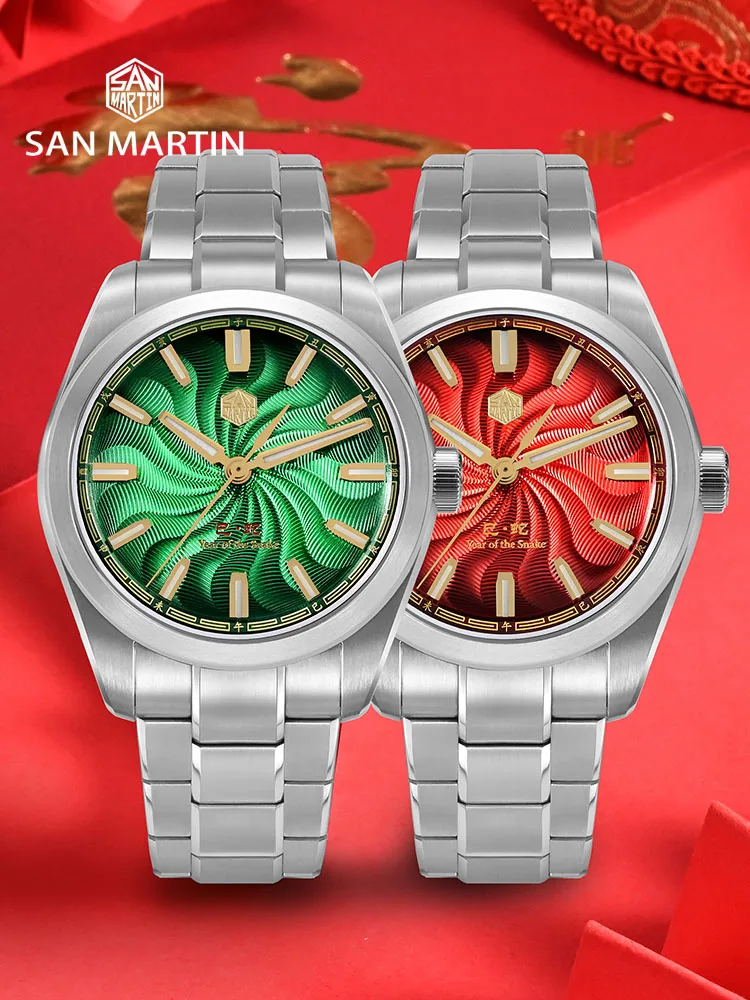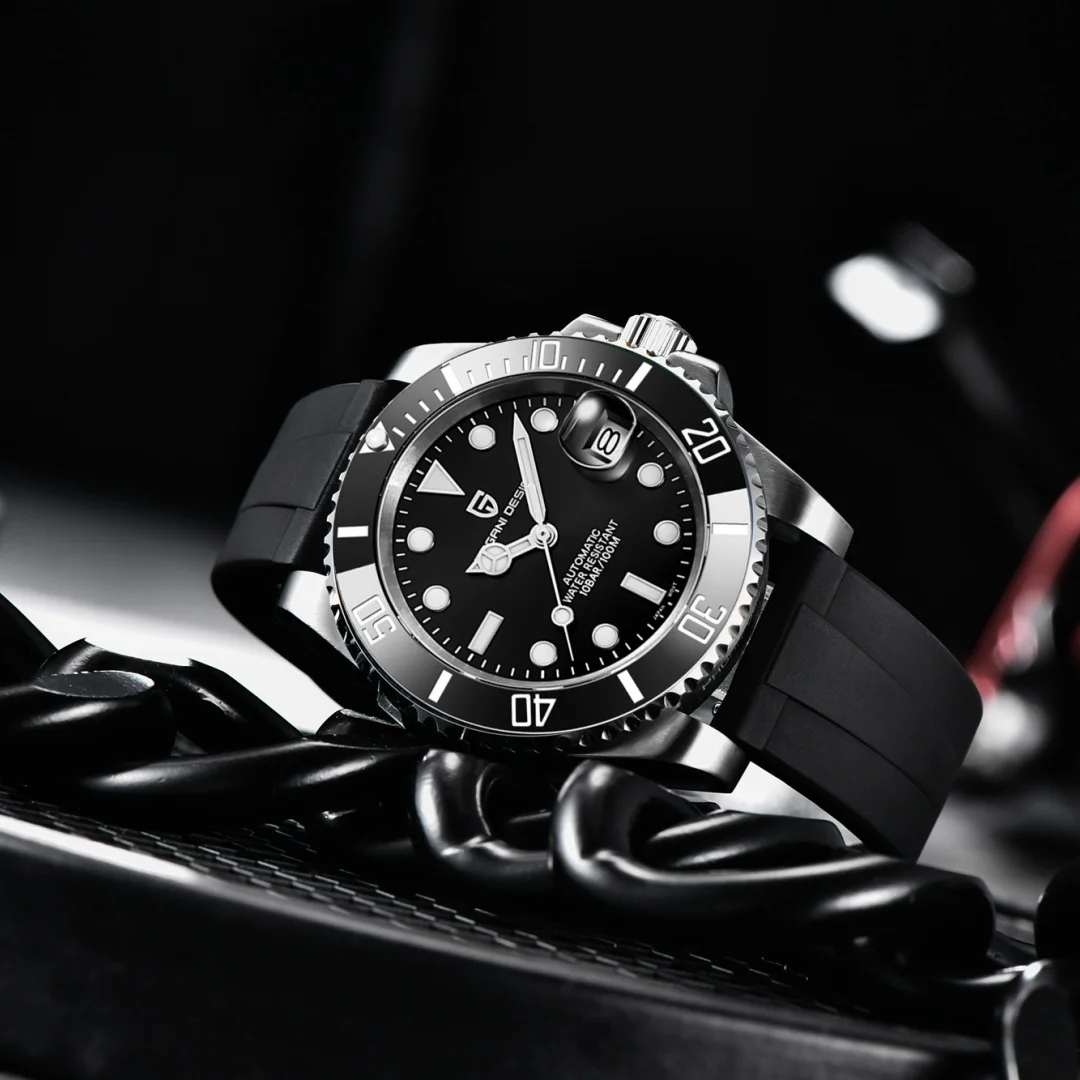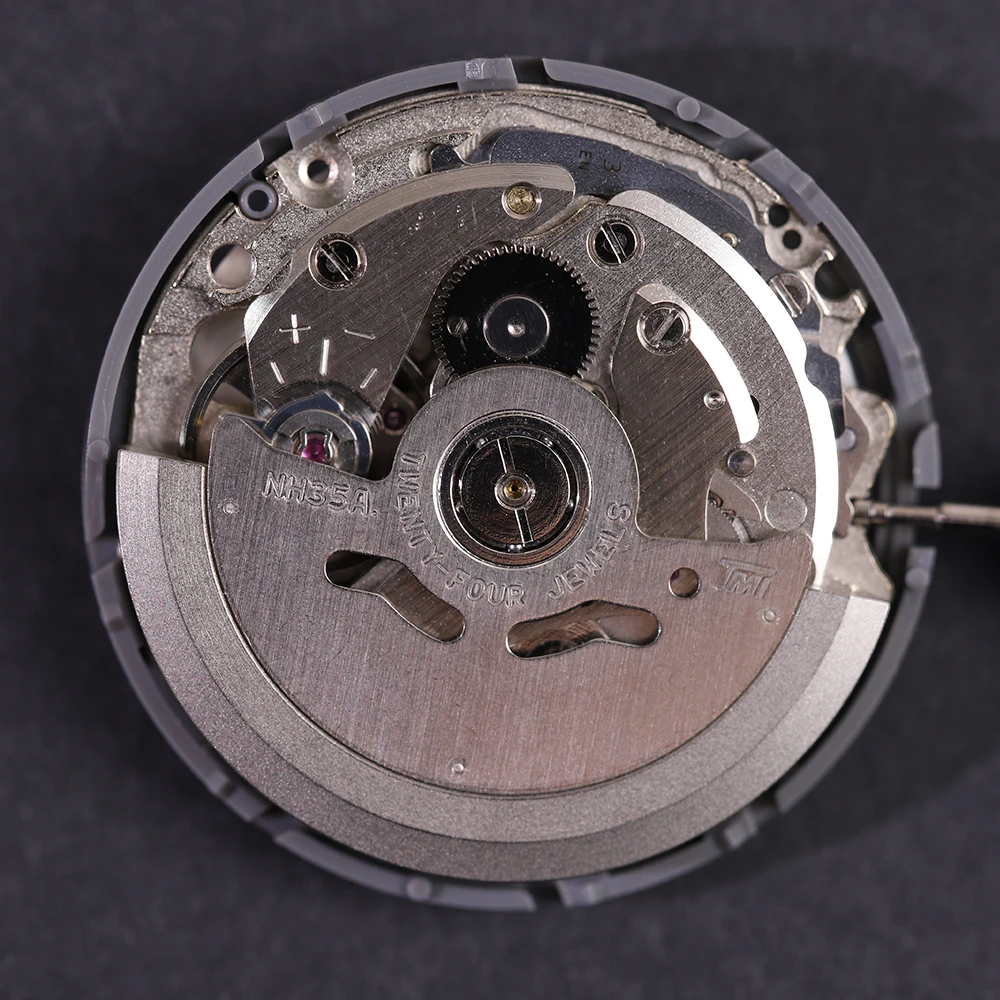The Essence and Purpose of a Dress Watch
A dress watch is the epitome of horological elegance – a refined timepiece designed specifically for formal occasions. At its core, a dress watch embraces simplicity and subtlety, prioritizing clean aesthetics over complicated functionality. These timepieces evolved from pocket watches when gentlemen began wearing wristwatches with formal attire, establishing a distinct category that adheres to the “less is more” philosophy.
Unlike their sportier counterparts, dress watches are created to complement formal clothing rather than draw attention away from it. They slip discreetly under a shirt cuff, adding a subtle touch of sophistication without overwhelming the overall appearance. The purpose of a dress watch is to enhance elegance without disturbing it – a delicate balance achieved through careful design considerations.
Understanding the distinct features of dress watches helps appreciate their unique position in the horological world. These timepieces represent the perfect marriage of form and function, where every element serves both practical timekeeping and aesthetic harmony. The definitive guide to dress watch design reveals how manufacturers achieve this balance through carefully considered proportions and materials.
Case Characteristics: The Foundation of Identification
The case of a dress watch provides the most immediate visual cue for identification. Traditional dress watches feature specific characteristics that set them apart:
- Diameter: Classic dress watches typically measure between 34-40mm, offering presence without overwhelming the wrist
- Thickness: Perhaps the most crucial identifier – dress watches are notably thin (generally under 10-11mm) to slide easily under shirt cuffs
- Shape: While round cases dominate, rectangular and tonneau (barrel-shaped) cases with clean lines are also appropriate
- Materials: Precious metals like gold and rose gold represent the height of formality, though polished stainless steel is widely accepted for versatility
- Finish: Polished surfaces are standard, reflecting light elegantly and enhancing the formal appearance
The slimness of a dress watch case isn’t merely aesthetic – it’s functional. Thin automatic dress watches must house their movements in remarkably compact spaces, showcasing both engineering prowess and adherence to formal design principles. This slimness ensures the watch complements rather than competes with formal attire.
The relationship between case design and comfort becomes particularly important with formal wear. Understanding thin watch cases and comfort analysis reveals why dress watches prioritize slim profiles – they must remain comfortable during extended formal events while maintaining an elegant appearance.
Dial Design: Simplicity and Refinement
The dial of a dress watch embodies restraint and elegance, serving as the clearest visual indicator of its formal purpose. Key characteristics include:
- Color palette: Traditional dress watches feature white, silver, black, or champagne dials – neutral tones that complement formal attire
- Hour markers: Applied indices, Roman numerals, or small Arabic numerals in tasteful proportions are standard, avoiding oversized or heavily lumed markers
- Hand design: Elegant hands like dauphine (tapered), leaf, or stick designs predominate, often in matching metal to the case
- Surface finishing: From sunburst patterns to subtle guilloche texturing, dial finishing adds depth without compromising simplicity
- Branding: Minimal and discreet logo placement maintains the clean aesthetic
Dress watch dials demonstrate remarkable restraint. Even when incorporating traditional decorative techniques, they do so with subtlety. The definitive guide to dress watch dials explores how manufacturers balance visual interest with formal appropriateness.
The dial layout prioritizes legibility through contrast and proportion while maintaining elegance. Examining classic automatic dress watches reveals how traditional designs achieve this balance without resorting to excessive ornamentation or oversized elements.
Complications (or Lack Thereof): The Purist Approach
Traditional dress watches embrace minimalism in functionality. The purist approach considers a clean dial with just hour and minute hands (and occasionally seconds) as the ideal expression of a dress watch. This restraint extends to complications – additional functions beyond simple time-telling.
Acceptable complications for dress watches include:
* Simple date displays (particularly window displays at 3 or 6 o’clock)
* Small seconds subdials
* Moon phase displays (in more luxurious models)
Complications that typically disqualify a timepiece from being considered a true dress watch:
* Chronographs (stopwatch functions)
* Dive bezels or rotating bezels
* GMT/dual time zone functions with additional hands
* Large power reserve indicators
* Bulky helium escape valves
The principle here follows function serving form – any complication that significantly increases case thickness or dial complexity potentially compromises the watch’s formal nature. The appeal of minimalist dress watches lies in their focused purpose and uncluttered aesthetic.

The Strap: A Quintessential Identifier
The strap of a dress watch is perhaps its most immediately recognizable feature and a critical component in identifying true dress watches:
- Material: Leather is the quintessential dress watch strap material, with alligator, crocodile, and fine calfskin being traditional choices
- Finish: A subtle sheen rather than a heavily textured or matte finish complements formal attire
- Color hierarchy: Black leather represents the most formal option, followed by brown and navy for slightly less formal settings
- Width: Proportional to the case size, typically narrower than sports watch straps
- Attachment: Integrated lugs with clean transitions from case to strap enhance the refined appearance
Notably, several strap options immediately disqualify a watch from being considered a dress watch:
* Metal bracelets (with rare exceptions for ultra-thin designs)
* Rubber or silicone straps
* NATO or canvas straps
* Heavily contrasting stitching or oversized buckles
For those appreciating traditional horological values, manual wind dress watches often pair perfectly with classic leather straps, creating a cohesive formal presentation that honors watchmaking heritage.
Crystal and Other Details: Subtle Differentiators
While less immediately noticeable than case and dial design, several subtle details contribute significantly to a dress watch’s formal identity:
- Crystal: Modern dress watches typically feature sapphire crystal for its clarity and scratch resistance, with minimal or no anti-reflective coating to maintain a classic appearance
- Crown design: Proportionally small, unobtrusive crowns that don’t protrude excessively from the case
- Case back: Often solid rather than exhibition, though some contemporary dress watches feature sapphire case backs to showcase fine movements
- Water resistance: Minimal water resistance (typically 30m) as these watches aren’t designed for active use
These elements may seem minor individually, but collectively they define the dress watch aesthetic. The crown, in particular, serves as an important identifier – oversized or heavily protected crowns immediately suggest a sports or tool watch design. Understanding watch features in their entirety helps appreciate how these subtle elements contribute to a cohesive formal presentation.
Differential Diagnosis: Dress Watch vs. Other Watch Types
Identifying dress watches becomes clearer when comparing them directly to other watch categories:
| Feature | Dress Watch | Dive Watch | Field Watch | Chronograph |
|---|---|---|---|---|
| Case Size | 34-40mm, thin | 40-45mm, thick | 36-42mm, medium | 40-45mm, thick |
| Dial | Clean, minimal | Highly legible, lumed | Numeral-heavy | Multiple subdials |
| Water Resistance | 30-50m | 200m+ | 100m+ | Varies |
| Crystal | Flat sapphire | Domed, AR-coated | Often mineral | Often sapphire |
| Bezel | Fixed, thin | Rotating timing | Fixed or compass | Fixed or tachymeter |
| Strap | Leather | Rubber, steel | Canvas, leather | Leather, steel |
| Hands | Elegant, thin | Broad, lumed | Military-style | Chronograph hands |
The distinctions become immediately apparent when comparing examples side by side. Unlike dive watches with their robust construction and high water resistance, dress watches prioritize elegance over durability. Similarly, field watches emphasize legibility and durability, while chronographs incorporate multiple subdials for timing functions.

For those navigating between formal and casual occasions, understanding the dress-casual watches guide can help identify versatile options that retain dress elements while offering slightly more everyday practicality. For purists, examining automatic dress watches reveals the enduring characteristics that define the category regardless of trend cycles.
Movement Considerations: A Secondary Identifier
While case and dial design provide the most visible identifiers for dress watches, the movement inside offers additional context. Traditionally, ultra-thin manual wind movements were preferred for dress watches due to their slender profiles, allowing for thinner cases. Today, automatic movements have become widely accepted, though the finest dress watches still prioritize thinness regardless of movement type.
Modern dress watches may contain:
* Manual wind movements (traditionally preferred)
* Slim automatic movements
* High-end quartz movements (particularly in luxury dress watches)
The movement type primarily affects case thickness, which is why it remains a consideration in dress watch identification. Classic manual wind watches often achieve the thinnest profiles, aligning perfectly with formal wear requirements. However, modern manufacturing techniques have enabled remarkably thin automatic movements that maintain dress watch proportions.

The Evolution of Dress Watch Standards
While core principles remain consistent, dress watch standards have evolved over time:
- Case sizes have generally increased, with modern dress watches often measuring 38-40mm compared to vintage examples at 32-36mm
- Material options have expanded beyond precious metals to include high-quality stainless steel
- Crystal technology has shifted from acrylic to virtually exclusively sapphire
- Movement preferences have broadened from strictly manual wind to include automatic and select quartz options
Despite these evolutions, certain elements remain non-negotiable: thinness, simplicity, and elegance continue to define the category. Recent case size trends in dress watches show a slight reversal toward more modest proportions after a period of expansion, suggesting a return to traditional sensibilities.
Examining classic and modern dress watch designs reveals both the constants and variables in this category. While preferences may shift, the fundamental purpose of a dress watch – to elegantly complement formal attire – remains unchanged.
Quick Identification Checklist: The 10-Point System
When identifying a dress watch, consider these ten key characteristics in descending order of importance:
- Case thickness – Is it slim enough to slide under a shirt cuff? (Under 10-11mm is ideal)
- Dial simplicity – Does it have a clean layout without excessive complications?
- Strap material – Is it fitted with a leather strap rather than metal or sports materials?
- Case diameter – Is it appropriately sized (typically 34-40mm) without being oversized?
- Color scheme – Does it feature classic, neutral colors rather than bright or contrasting elements?
- Hand design – Are the hands elegant and proportional rather than sporty or oversized?
- Bezel design – Is the bezel fixed and thin rather than rotating or prominent?
- Water resistance – Is it rated for minimal water exposure (30-50m) rather than sporting activities?
- Lug design – Are the lugs slim and proportional rather than chunky or protective?
- Crown size – Is the crown modest and unobtrusive rather than oversized or protected?
The more criteria a watch meets, the more confidently it can be classified as a dress watch. Understanding these defining characteristics of classic dress watches provides a systematic approach to identification, even when evaluating unfamiliar models.
Can a Dress Watch Be Worn Casually?
While dress watches are designed primarily for formal settings, they can certainly be worn in casual contexts. Their versatility depends largely on specific design elements:
- Dress watches in stainless steel tend to be more versatile than those in precious metals
- Watches with brown leather straps transition more easily to casual settings than those with black straps
- Simple dress watches often pair well with business casual attire
- Models without precious metals or highly polished finishes adapt better to everyday wear
A dress watch can elevate a casual outfit, adding a touch of sophistication to even simple attire. However, truly formal dress watches with precious metals and black alligator straps may look incongruous with very casual clothing. Understanding the differences between dress watches and normal watches helps determine which models offer greater versatility for various settings.
Are All Thin Watches Considered Dress Watches?
No, not all thin watches qualify as dress watches. While thinness is a key characteristic of dress watches, it’s just one criterion among many. Several other watch styles also feature thin cases:
- Slim sports watches and diving watches (particularly vintage-inspired models)
- Ultra-thin casual watches
- Minimalist fashion watches
For a watch to be properly identified as a dress watch, it must combine thinness with other formal characteristics like a simple dial, appropriate strap, elegant hands, and refined proportions. Understanding what defines a classic dress watch requires considering the complete set of attributes rather than focusing solely on one feature.
The most elegant dress watches achieve a perfect balance of all these elements, creating a harmonious whole that embodies timeless sophistication on the wrist.

